Unraveling the Secrets of the first Ancient Analog Computer
The Antikythera Mechanism is often referred to as the world’s oldest known analog computer. It dates back to ancient Greece, believed to have been built around 100-150 BCE.
It was discovered in 1901 by Greek sponge divers in a shipwreck off the coast of Antikythera, a small island in the Aegean Sea. The shipwreck also contained various other artifacts.
The mechanism is made up of intricate gears, dials, and inscriptions. It was used to track astronomical positions and predict celestial events, such as solar and lunar eclipses, the positions of planets, and the timing of the Olympic Games.
For many years, the purpose of the Antikythera Mechanism remained a mystery. It wasn’t until the mid-20th century that researchers began to decipher its function and realized its importance in ancient astronomy and calendrical calculations.
A Testament to Ancient Technological Advancement
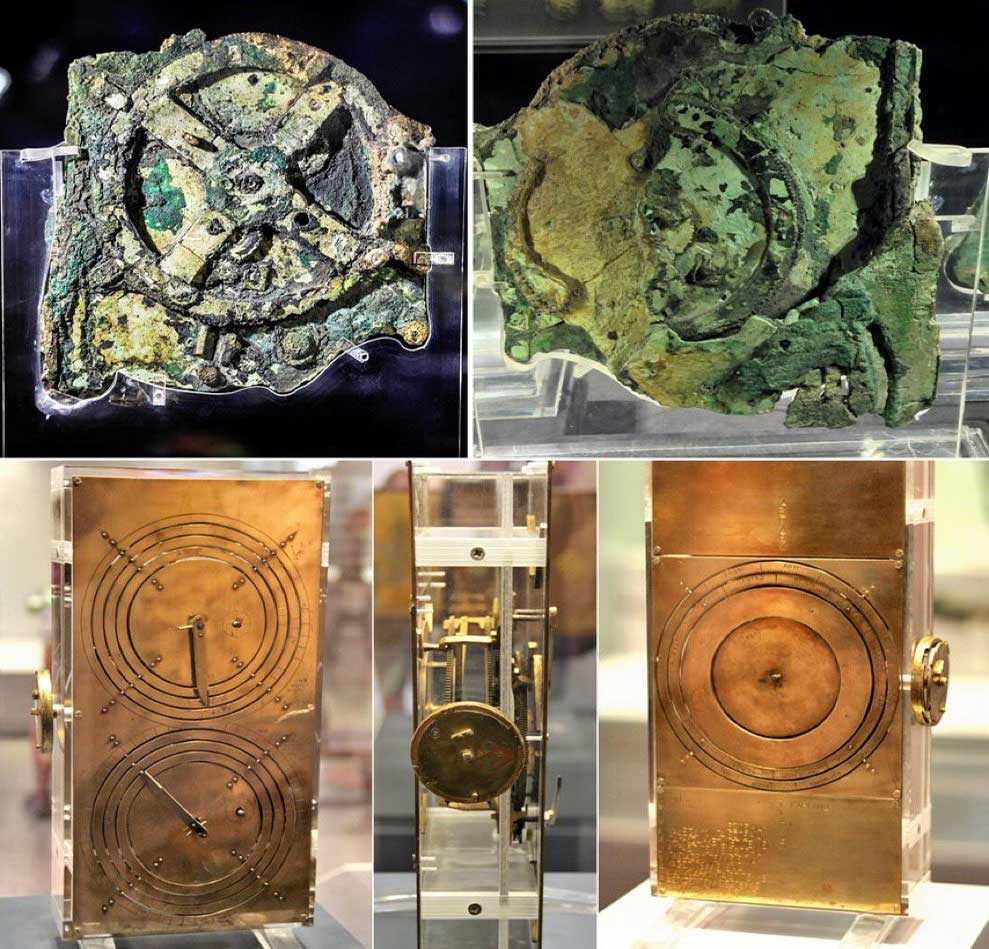
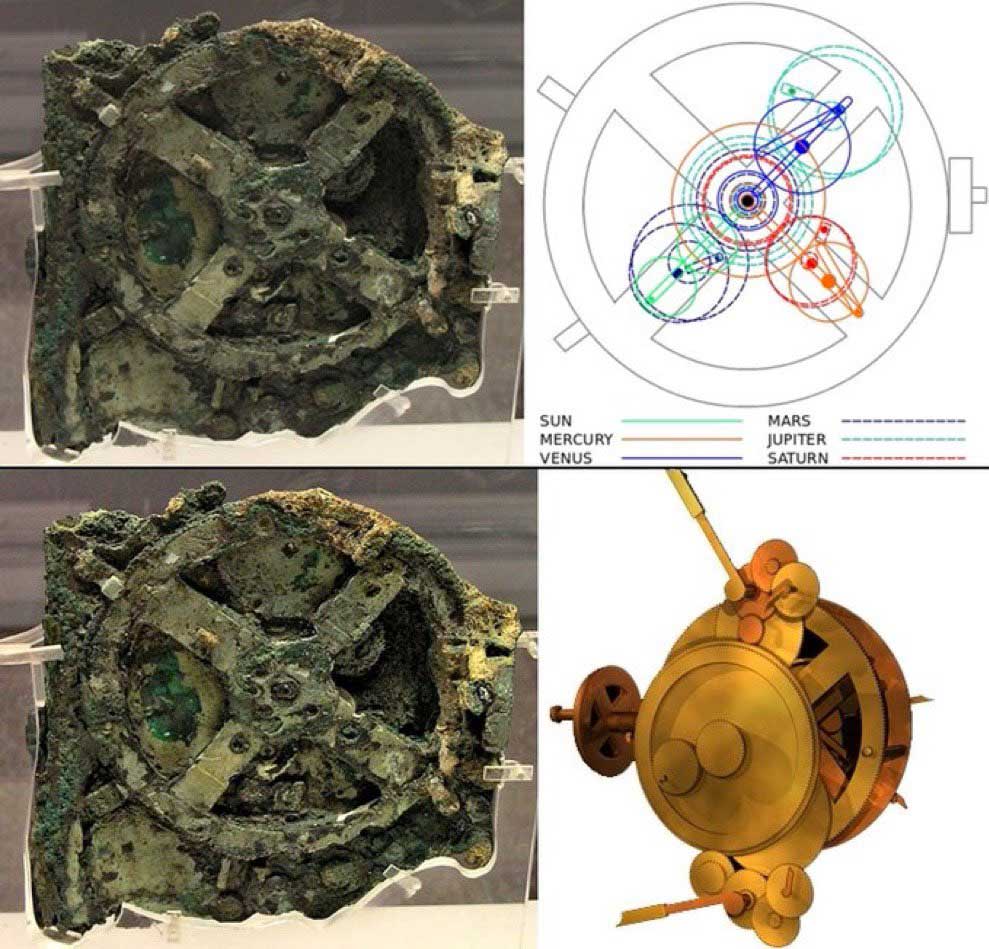
The level of craftsmanship and engineering skills required to create the Antikythera Mechanism is astonishing. It challenges the notion that ancient civilizations lacked advanced technology.
This device allowed ancient Greeks to carry a wealth of astronomical knowledge with them, potentially aiding navigation, astrology, and religious practices.
It’s believed that knowledge of such complex mechanical devices was lost over time, and it would take many centuries before similar technological sophistication re-emerged.
Researchers continue to study and analyze the Antikythera Mechanism to learn more about its functions and the people who created it. Advanced imaging techniques have provided new insights.
The Antikythera Mechanism on Display in Athens Archaeological Museum
A reconstructed model of the Antikythera Mechanism is on display at the National Archaeological Museum in Athens, Greece, where visitors can marvel at its complexity.
The Antikythera Mechanism remains a remarkable archaeological discovery that offers a glimpse into the scientific achievements of the ancient world and the mysteries of its creation and purpose.
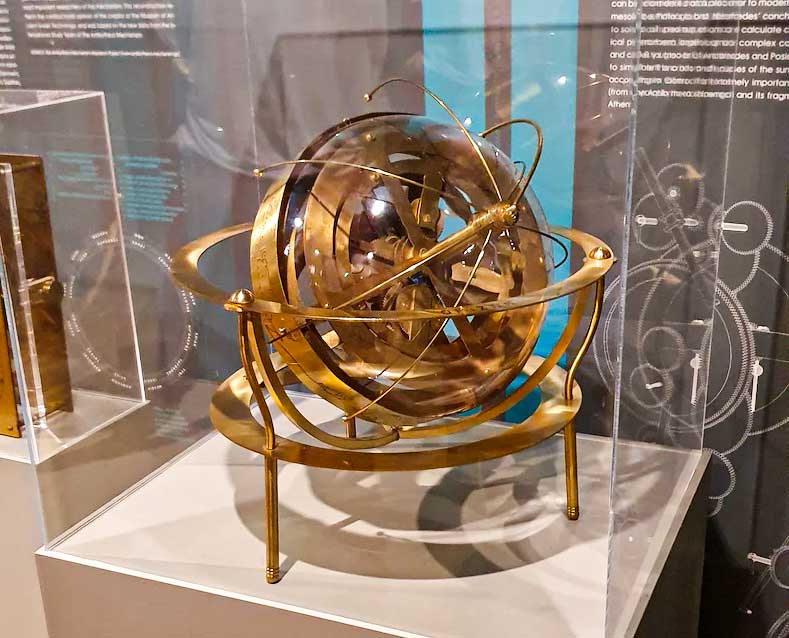
Related Articles
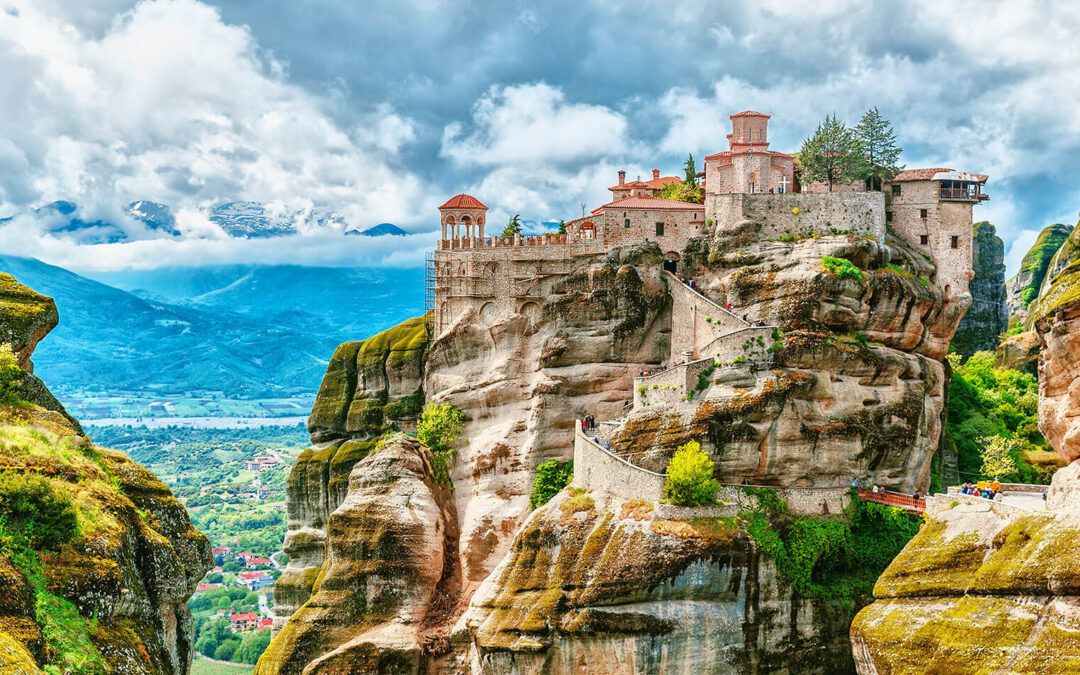
Most spectacular and unusual Christian churches around the world
The Monastery of the Holy Trinity, Meteora, Greece (1476) A 15th century medieval monastery stands proudly 1,300 ft above ground level, accessible only by ascending the daunting 146 steps carved into the rugged cliffside. This sacred place was utilized by brave monks...
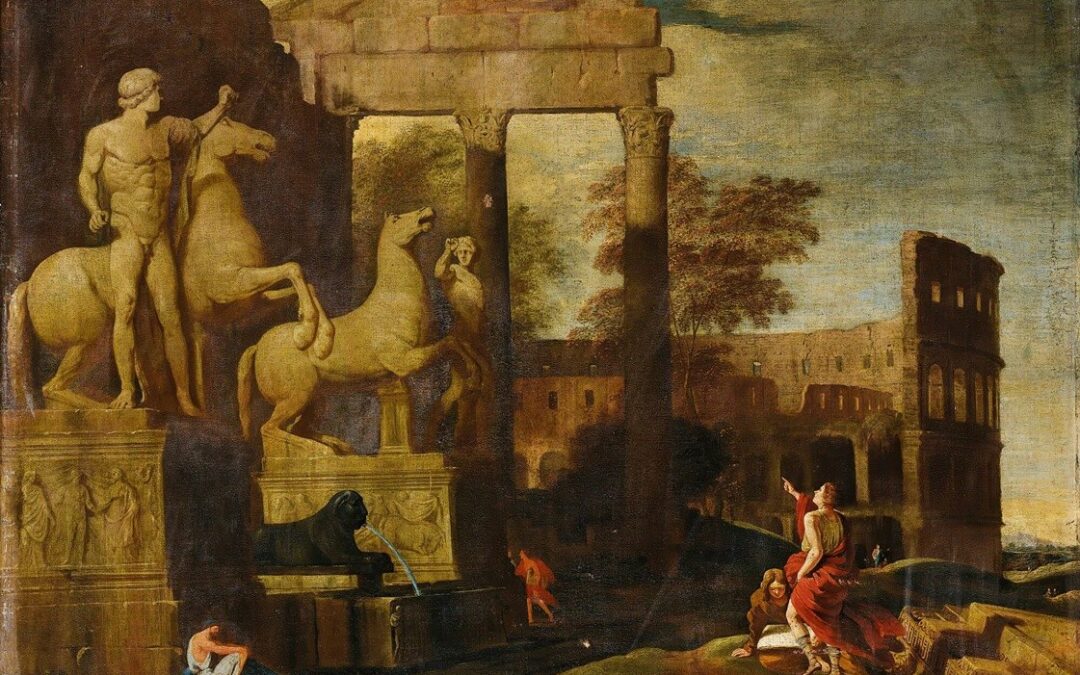
The story of Dioskouri: The greek immortal brothers Castor and Polydeukis
According to the legend, the twin heroes Dioskouri, Castor and Polydeukis Were born on Taygetus, the great mountain of Sparta and Tainarus, so they are preeminently heroes of Doric origin. In Sparta, the king of Tyndareus, had for his wife the beautiful Leda, daughter...

The story of Dioskouri: The greek immortal brothers Castor and Polydeukis
According to the legend, the twin heroes Dioskouri, Castor and Polydeukis Were born on Taygetus, the great mountain of Sparta and Tainarus, so they are preeminently heroes of Doric origin. In Sparta, the king of Tyndareus, had for his wife the beautiful Leda, daughter...

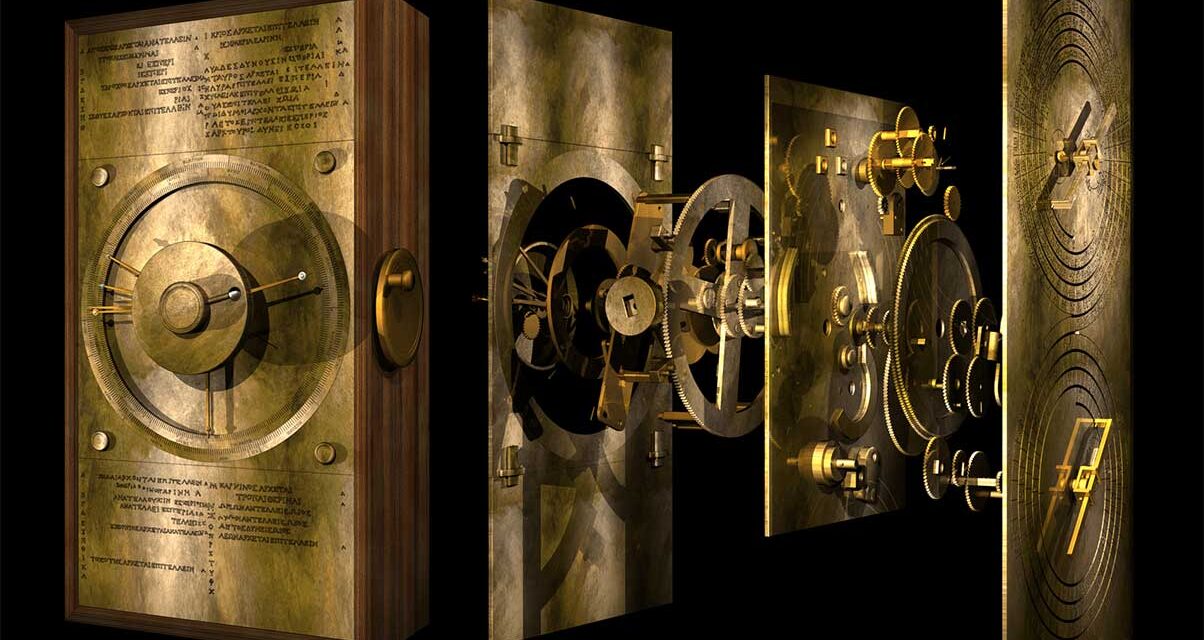
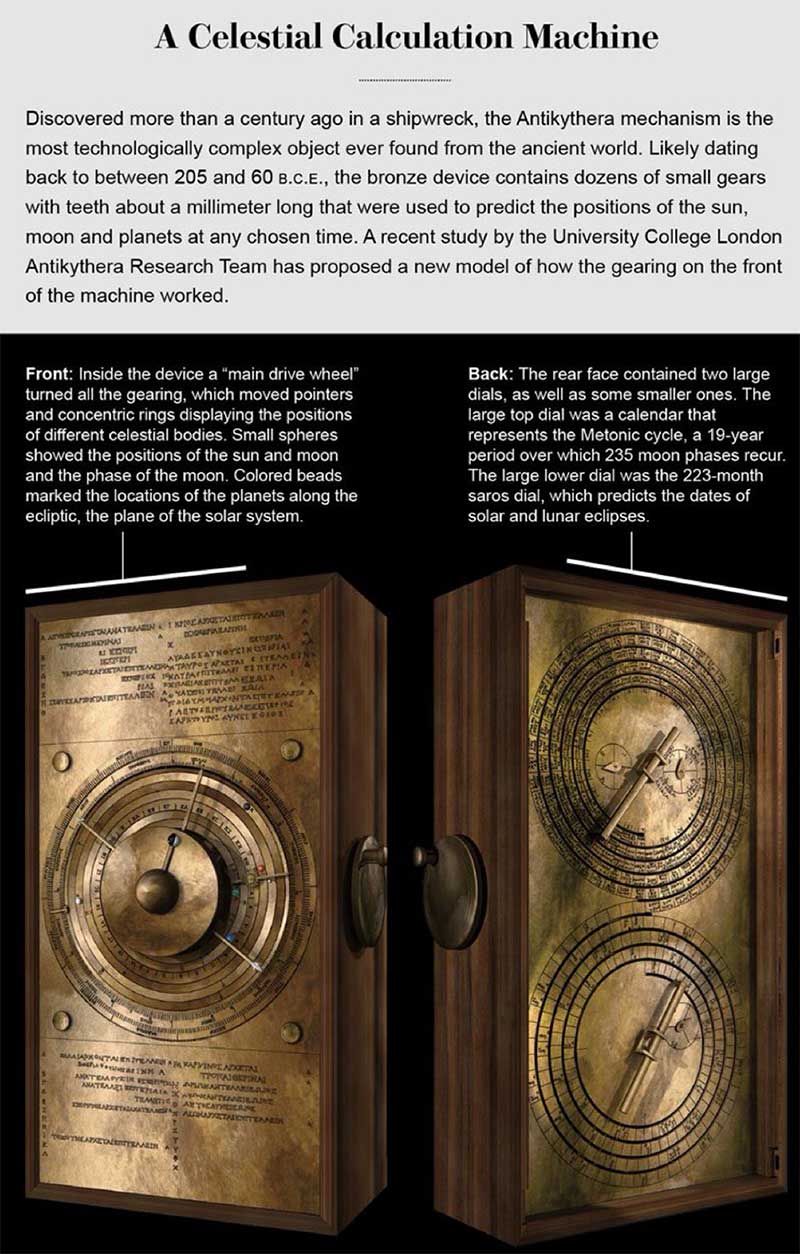


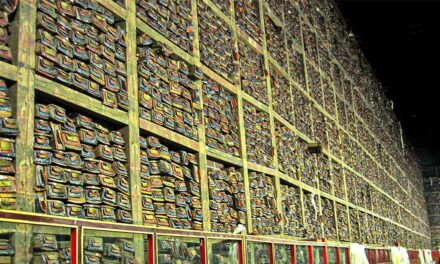
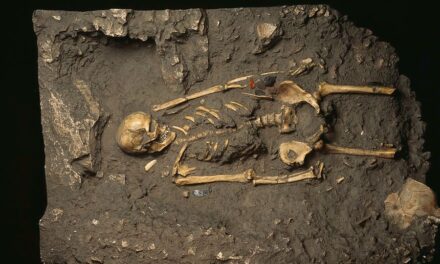
0 Comments